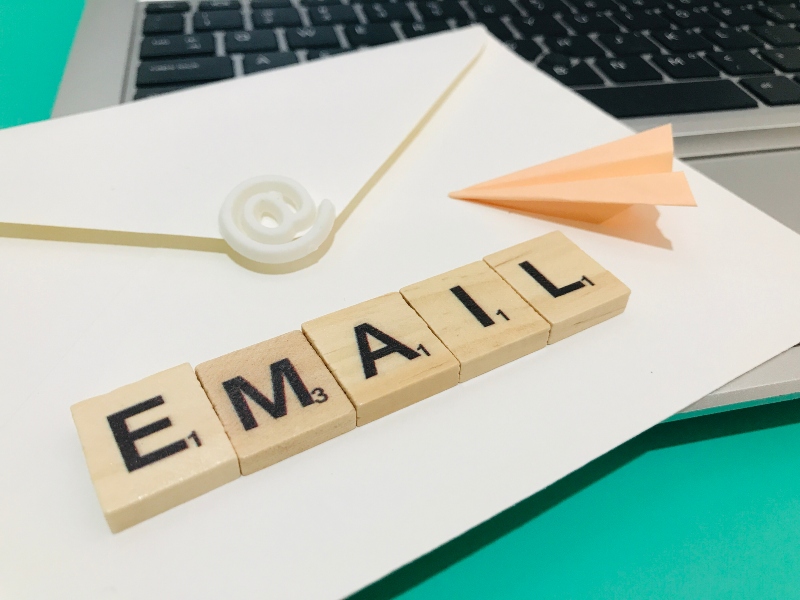
Simply stated, email engagement is the single best way to build a relationship with your customers. It’s an ongoing communication platform where you can share ideas and information directly with the people most interested in your message. All other marketing tactics, from social media interaction to paid advertisements, are of secondary importance..
But to work, every email needs to provide value to the reader. The usefulness of your emails determines the staying power of your list: If people start to feel bored or uninterested in your content, they will unsubscribe or simply ignore your emails.
Choosing the Right Email Campaign Type: Short-Term Revenue Vs. Long-Term Authority
Before you can start creating content for your email marketing campaign, you’ll need to decide what type of campaign you’ll be creating and what you hope to gain from it. Is it short-term revenue or long-term authority?
- Short-term revenue campaigns are designed to convert quickly and directly to sales. Your message is just long enough to generate interest in your product before urging readers to act..
- Long-term authority campaigns work differently. Instead of building toward a sale, these act over time to build your authority in your niche. These campaigns consist of valuable content that informs readers and offers free solutions to their problems.
We recommend a Hybrid approach
Hybrid campaigns, as the name suggests, blend elements of both strategies. Striking the right balance between them is something that you may need to experiment with, as it will differ from one campaign to the next. In general, the benefit of the hybrid model is that it allows you to build up your trustworthiness and authority while still driving sales in a more direct manner.
In addition to using Email to build Trust, its important to have a great Landing Page, Lead Magnet and Social Media. It’s a total package
The Landing Page
A landing page can exist on its own or be part of your larger website. Landing pages get their name because they’re often the first contact a person has with your brand. When searching for a particular topic or problem, the reader will “land” on your page.
People who see your page should immediately be able to read the headline and think, “Yes, this applies to me.” Because you know what problems your prospects face, you should be able to craft a headline that will speak to the very heart of those problems. In addition, the Landing page should have:
- Brief, upbeat text that excites the reader and motivates him to get more help. The landing page is the single most important piece of content you can put on the Web. For Example, “More!”
- A personal touch. Many landing pages include videos, which can be a great way to make an immediate connection with your visitors. By using your own voice or image on the page, you provide a real human connection between your content and the visitor.
- Graphics. The page should be visually interesting but uncluttered. You’ll also want to include an image of the lead magnet.
- Your credentials. You need this landing page to establish you as a trustworthy source of information. This is a good place to talk briefly about your credentials and expertise so that visitors know that your information will be valuable..
- Most importantly, your landing page should have a sign-up form to gather the email addresses of your interested prospects.
Don’t Forget to Say Thank You
In addition to a landing page, you’ll also want to create a thank-you page. Visitors will be directed to this page after opting into your mailing list. The purpose of the thank-you is twofold. First, it lays the foundation for the personal relationship you’ll be building through your mailings. Second, it gives you the chance to prepare your readers for what they can expect. For example, the thank-you page can tell them when they can expect their lead magnet incentive to arrive. It will let them know what kind of emails they might get and reassure them that their information won’t be redistributed. It can also clue them in on whether there are any additional steps to take, such as confirming their subscription.
Your thank-you page doesn’t need to be fancy, and it’s fine if it’s sparse on text. As long as it’s functional and sets the right tone for your interactions, you’re fine.

